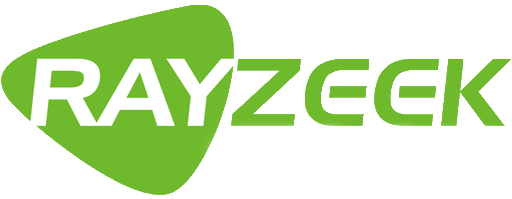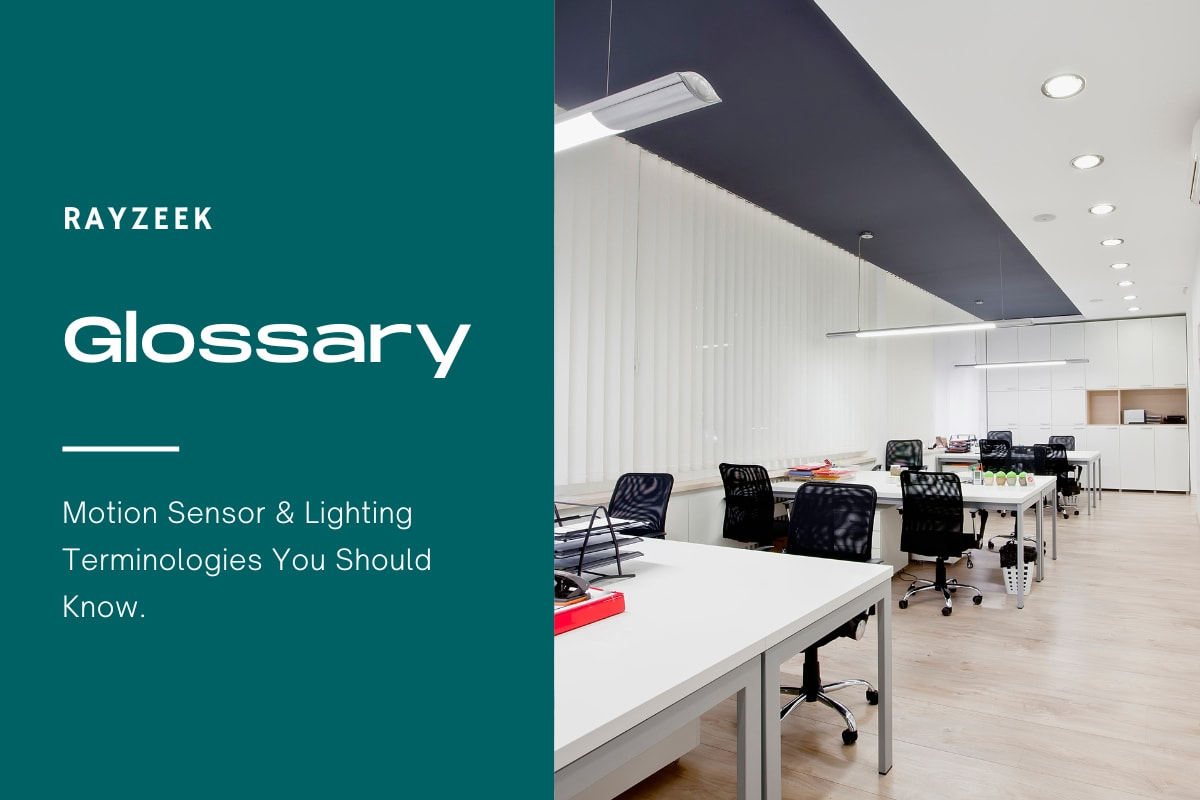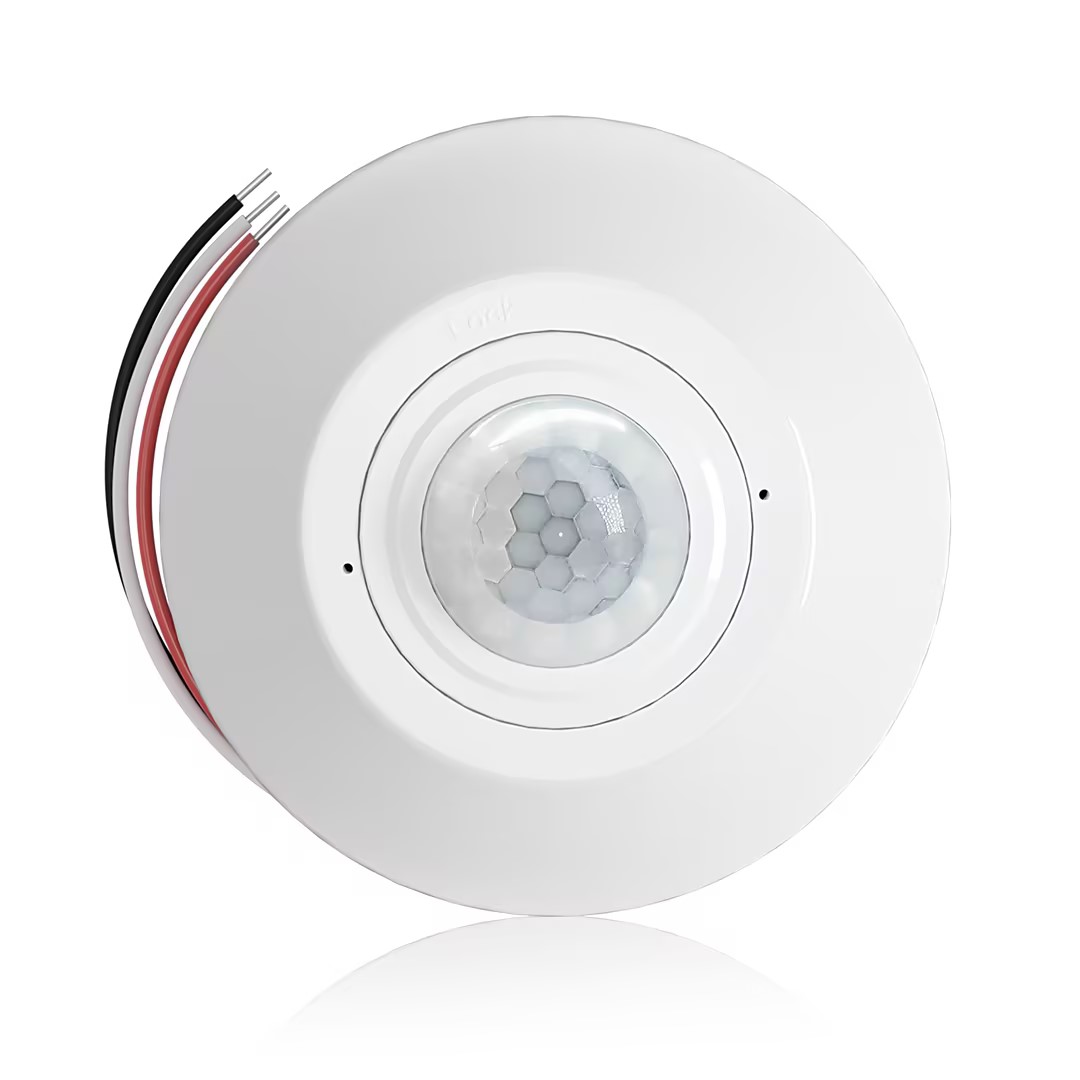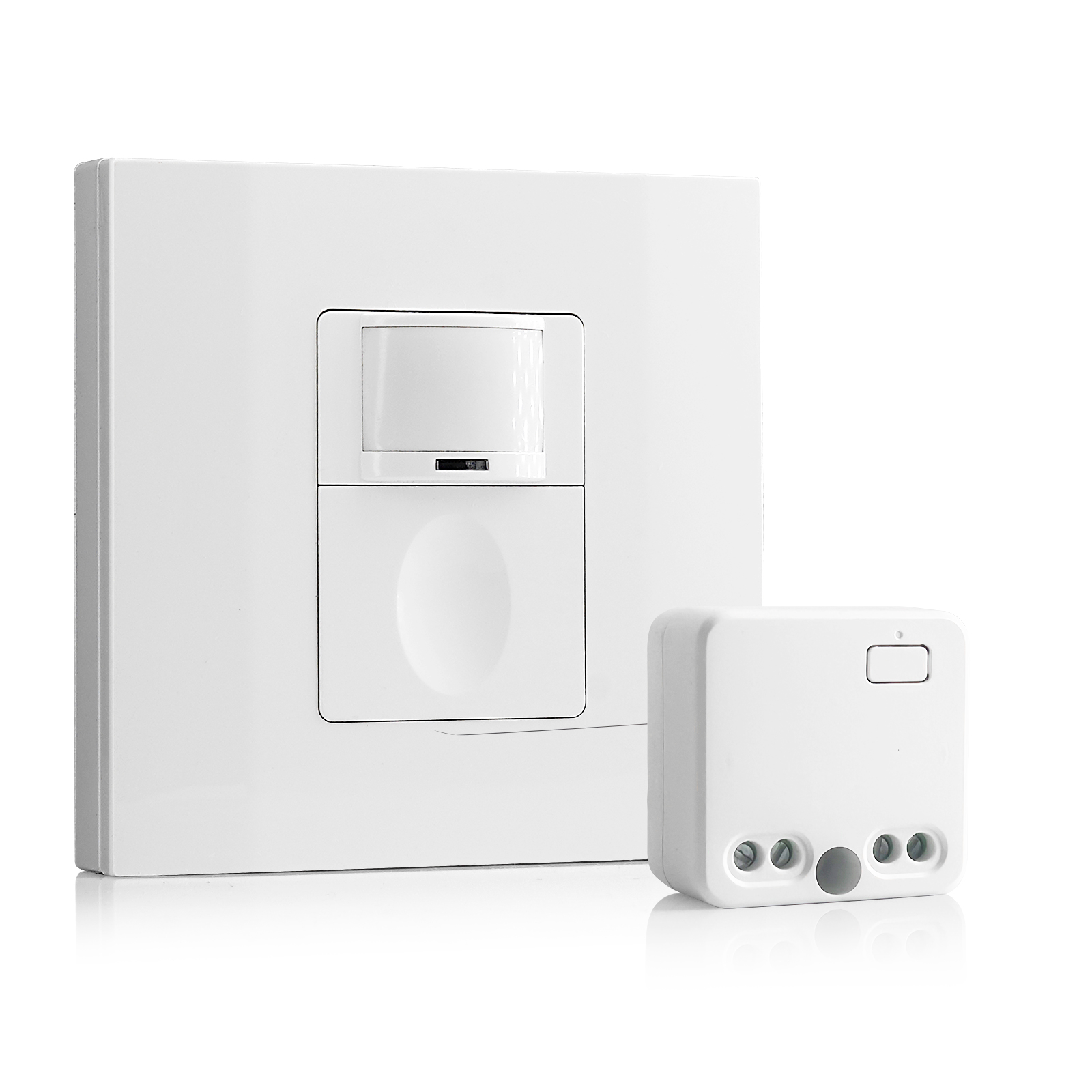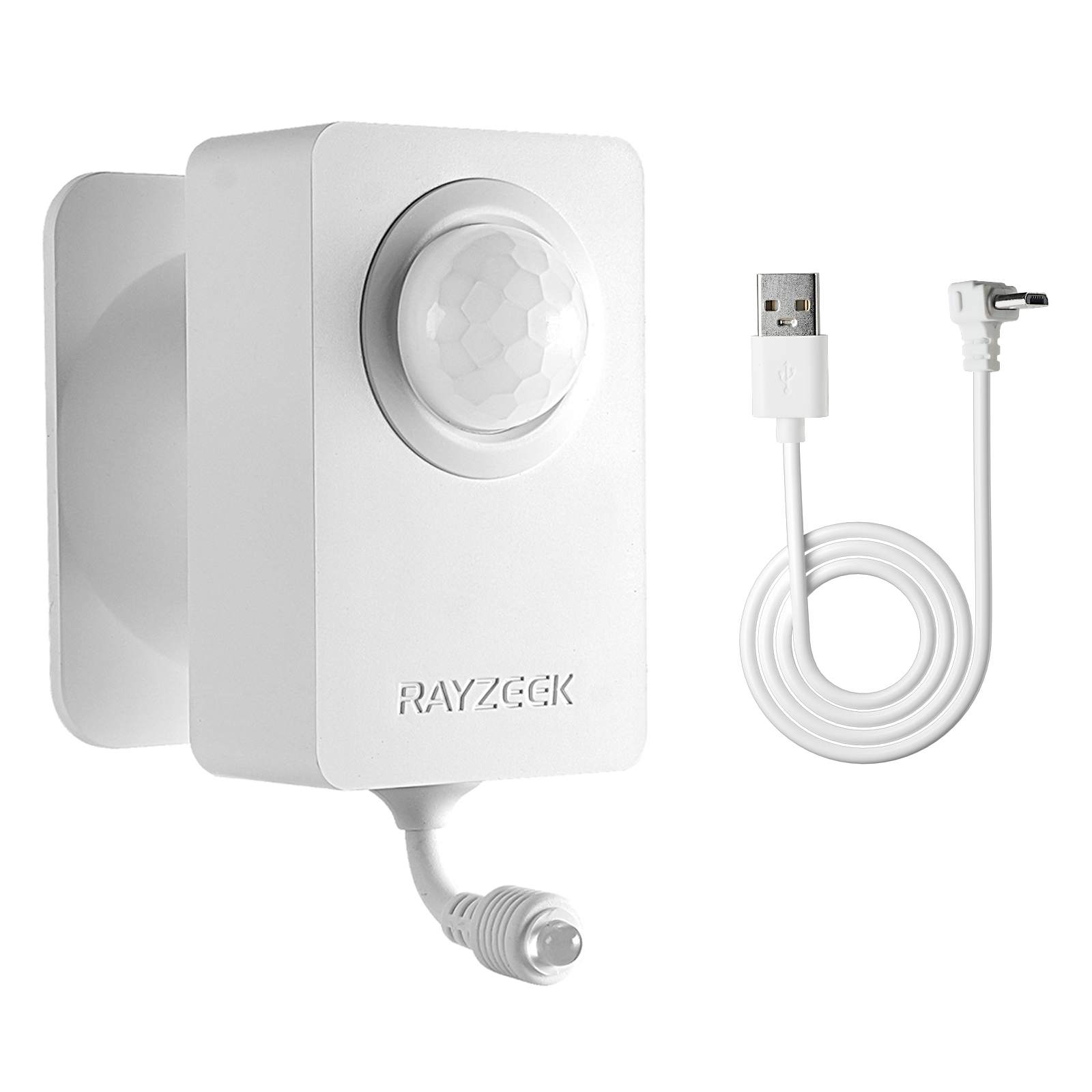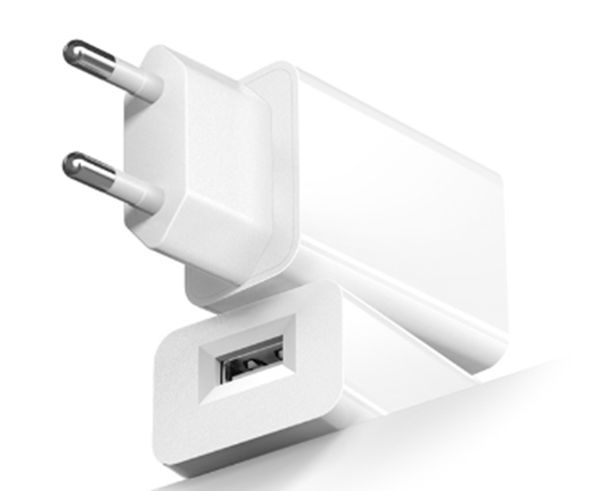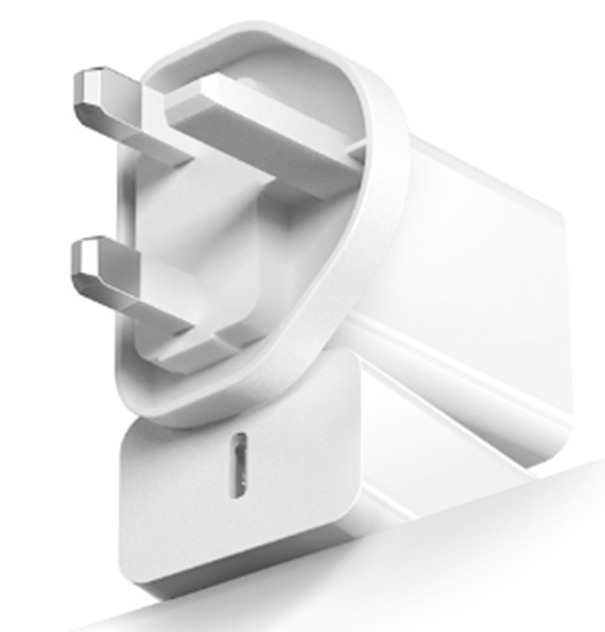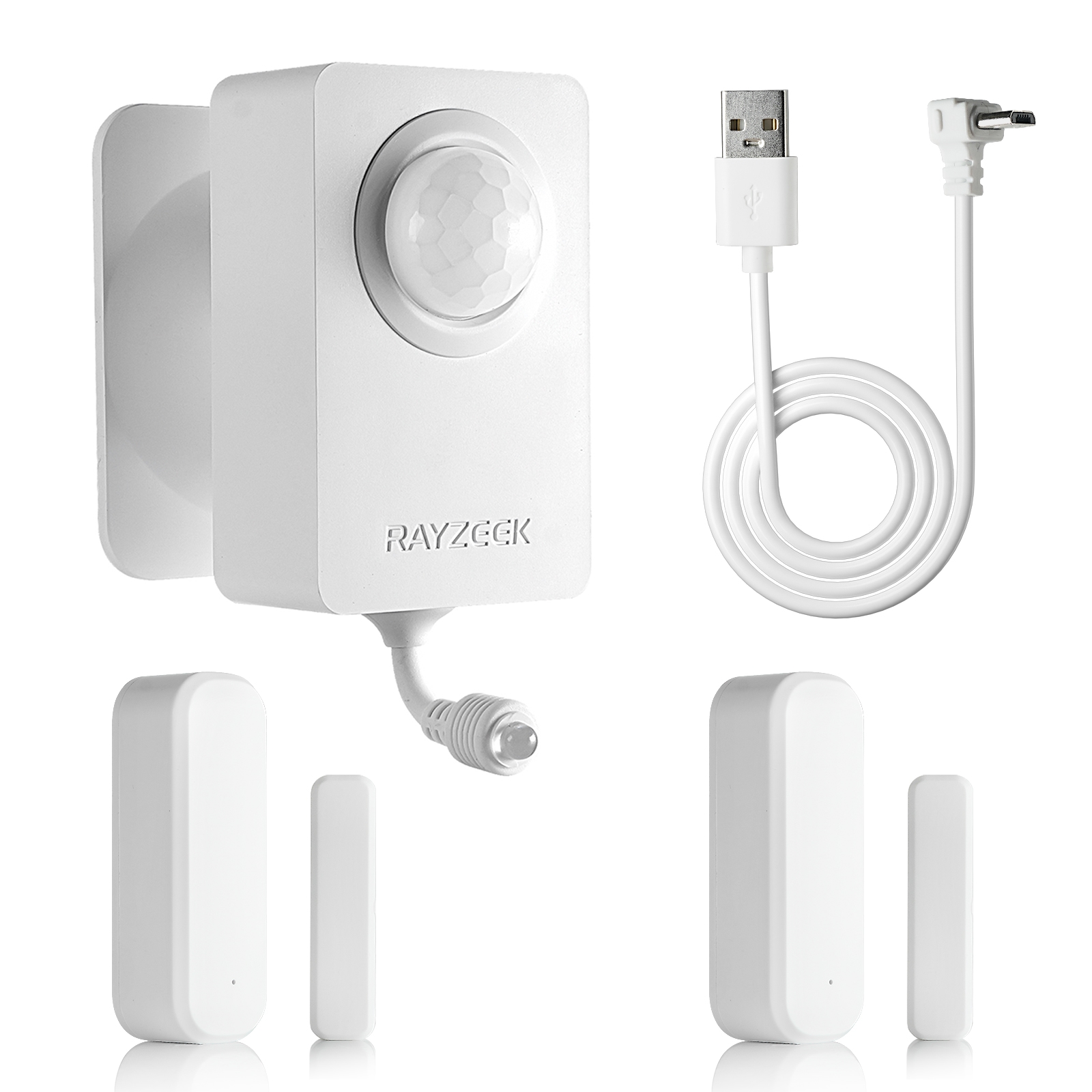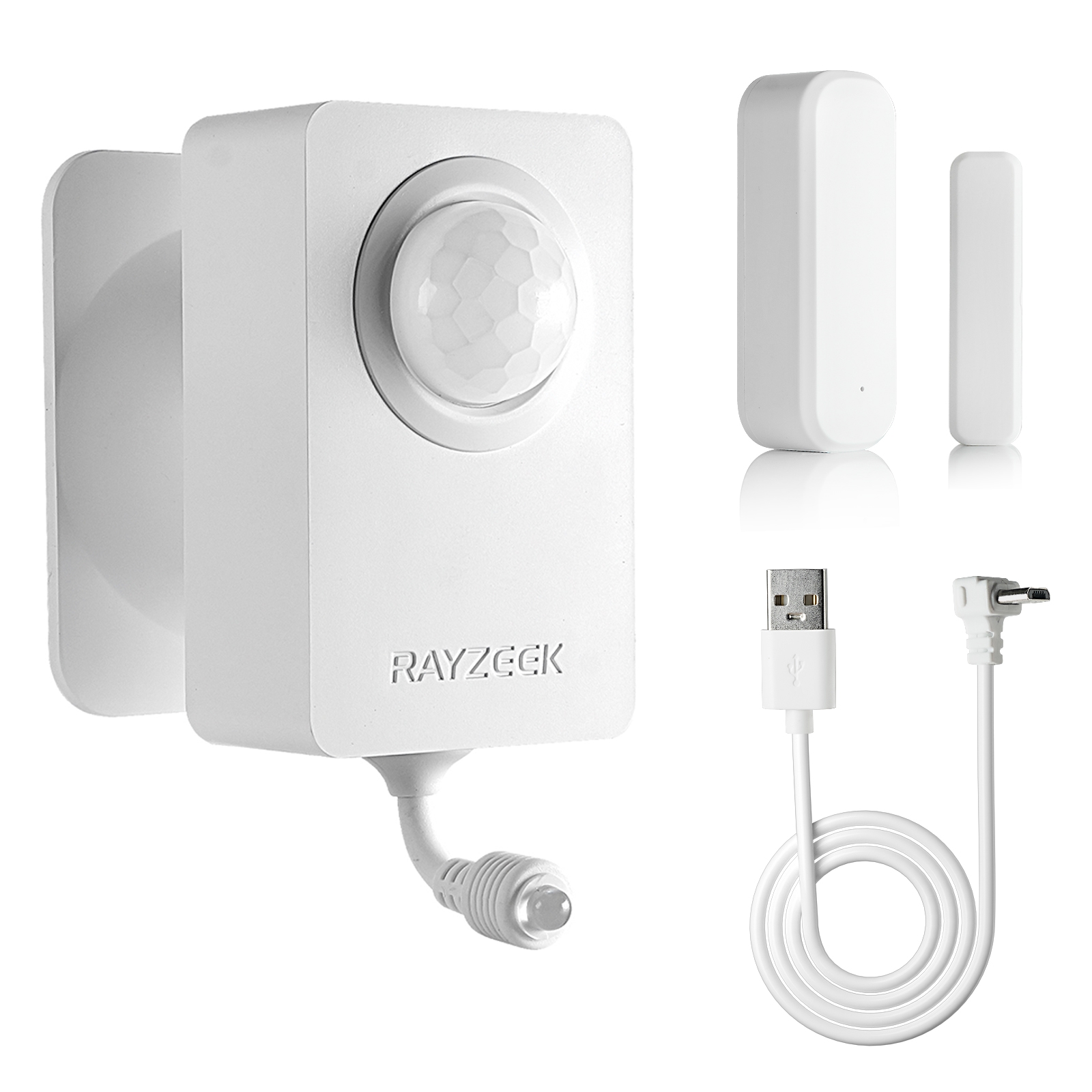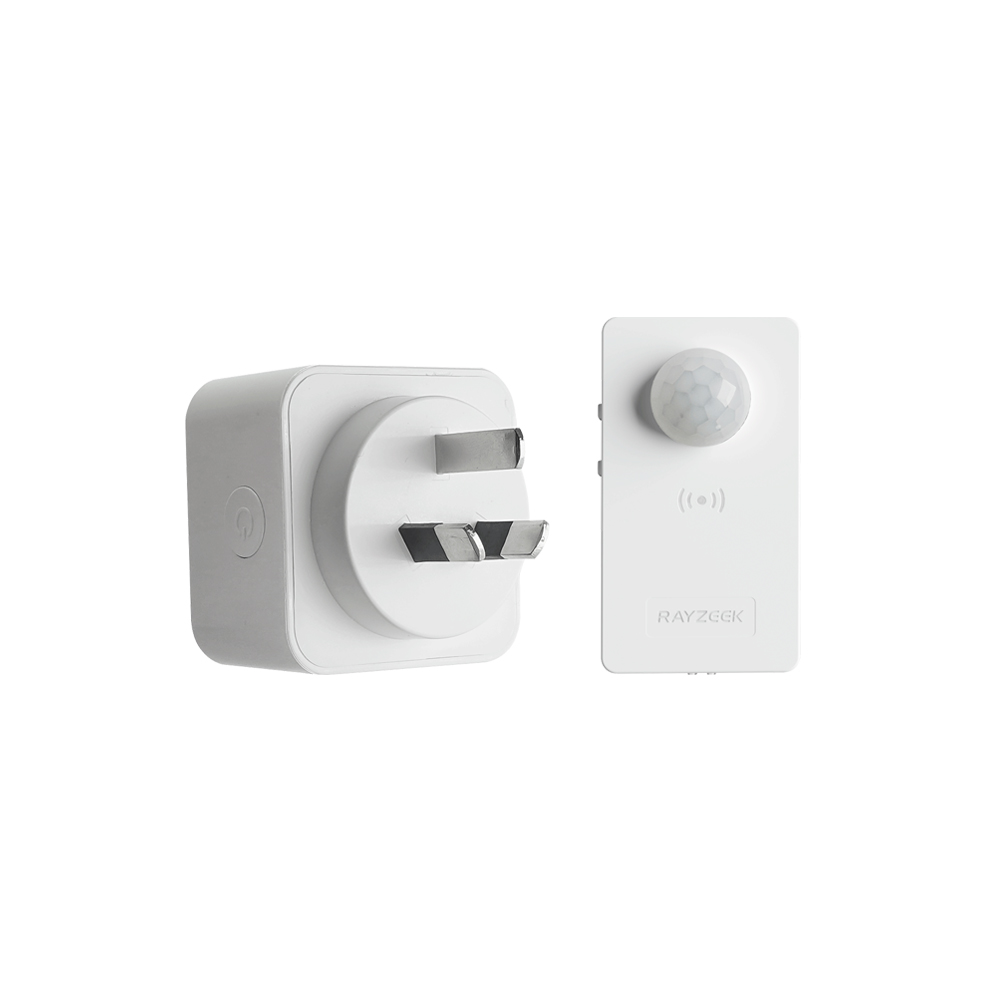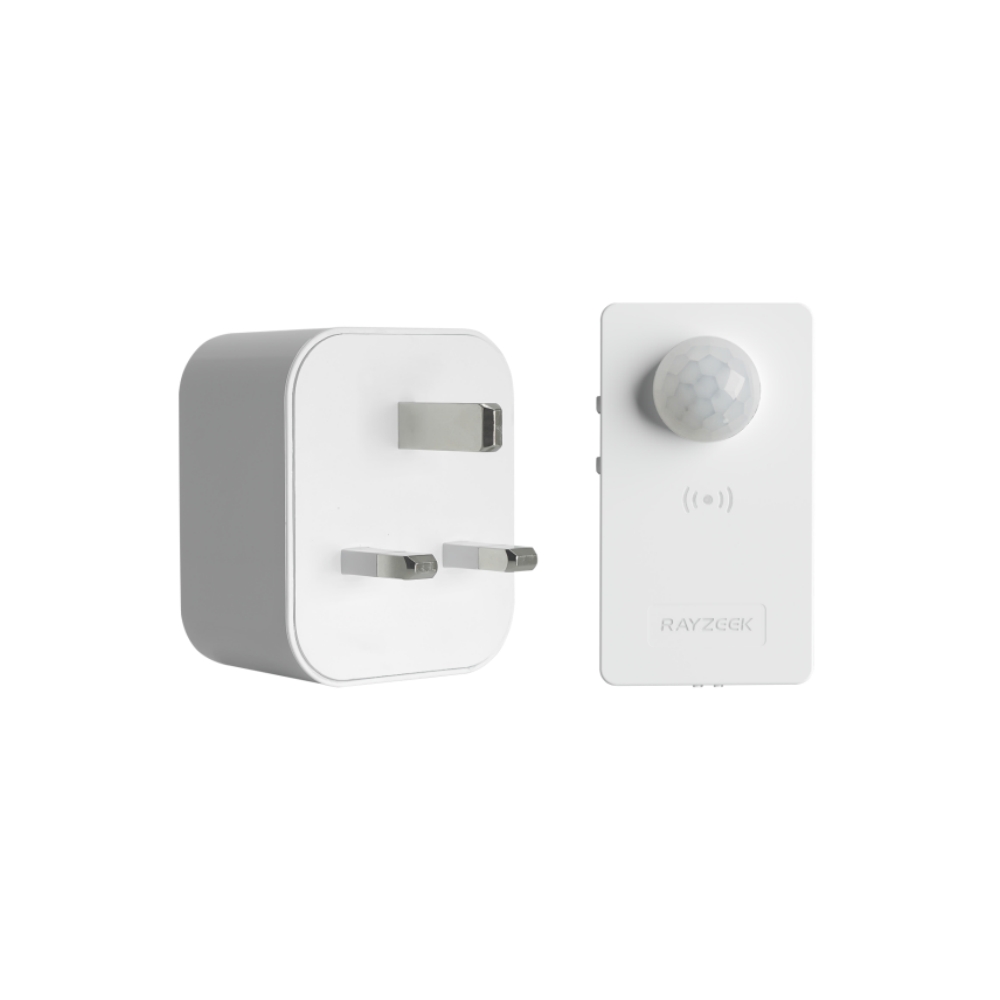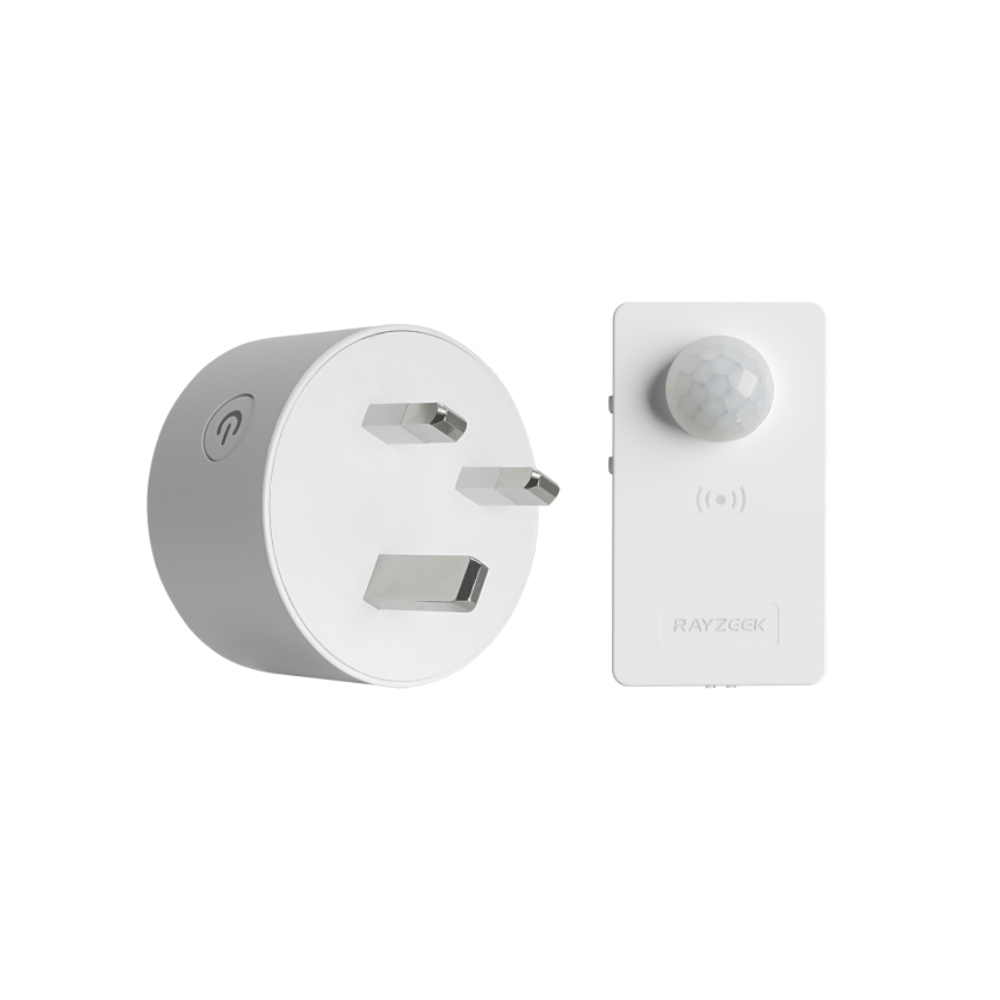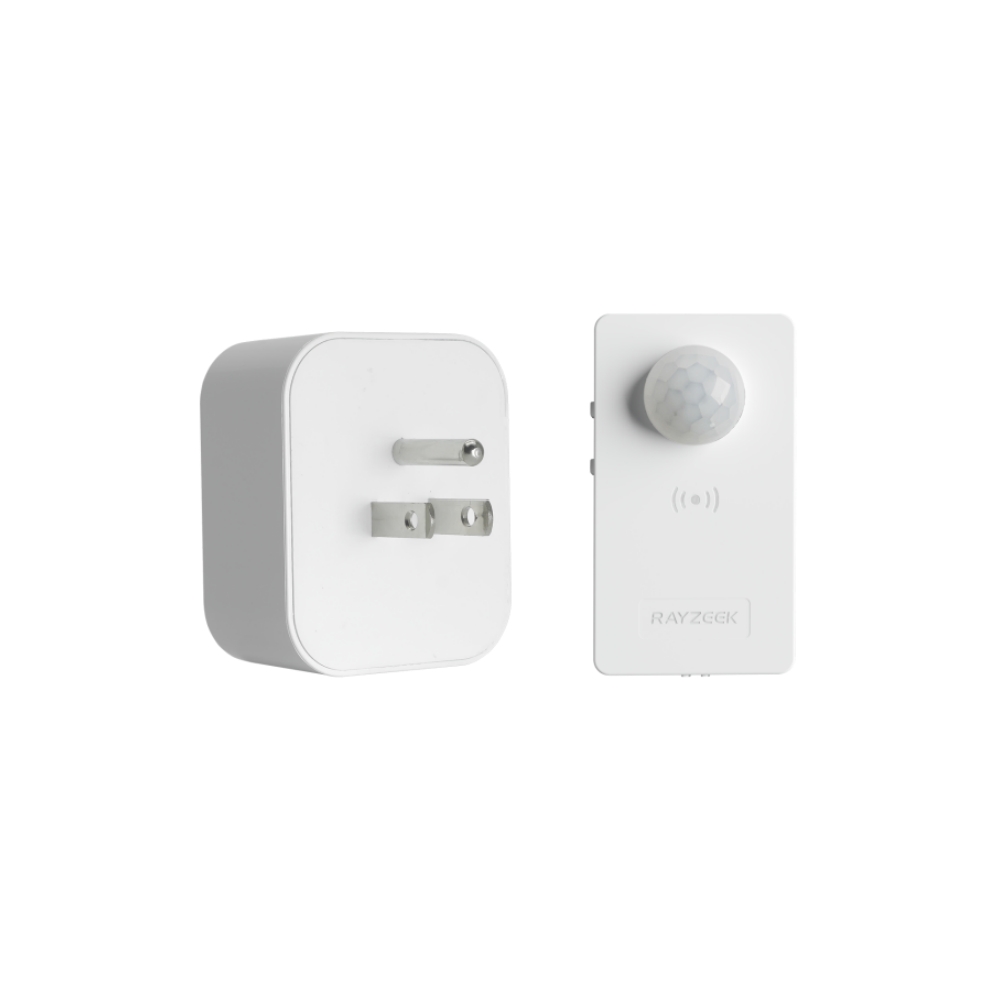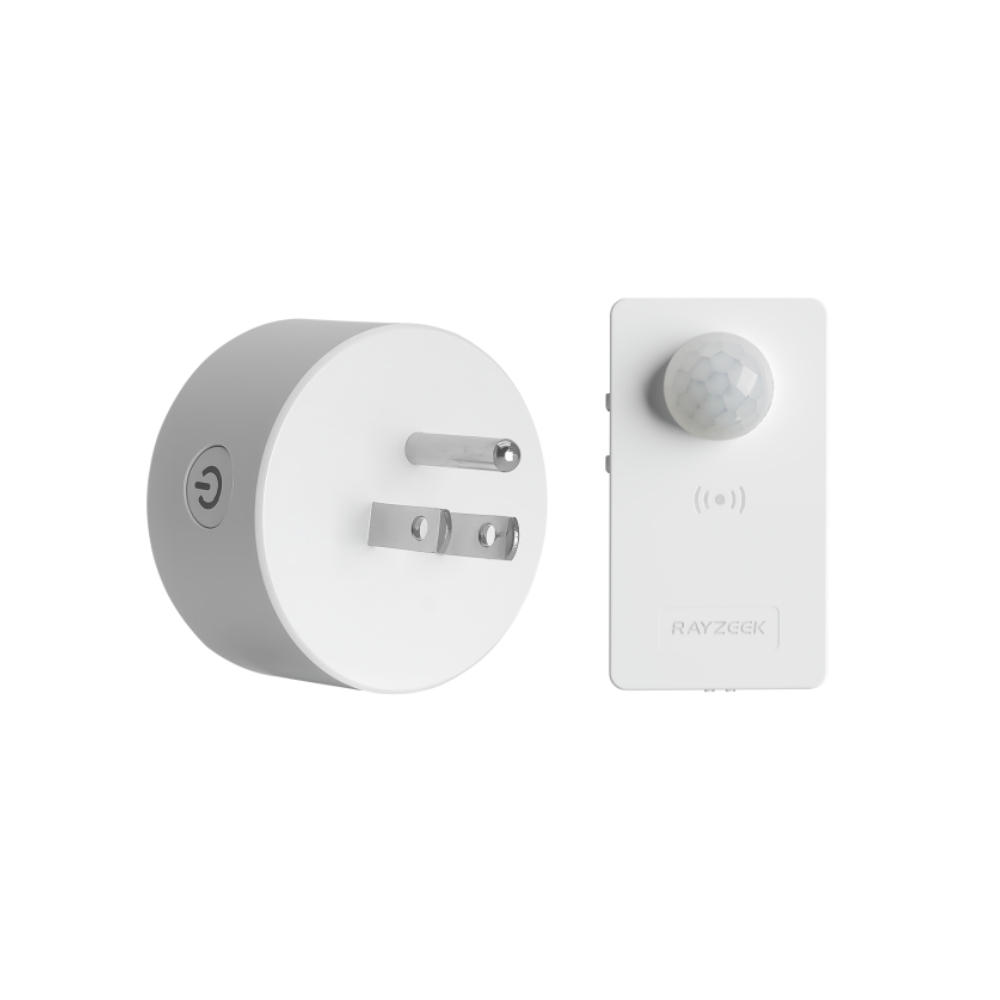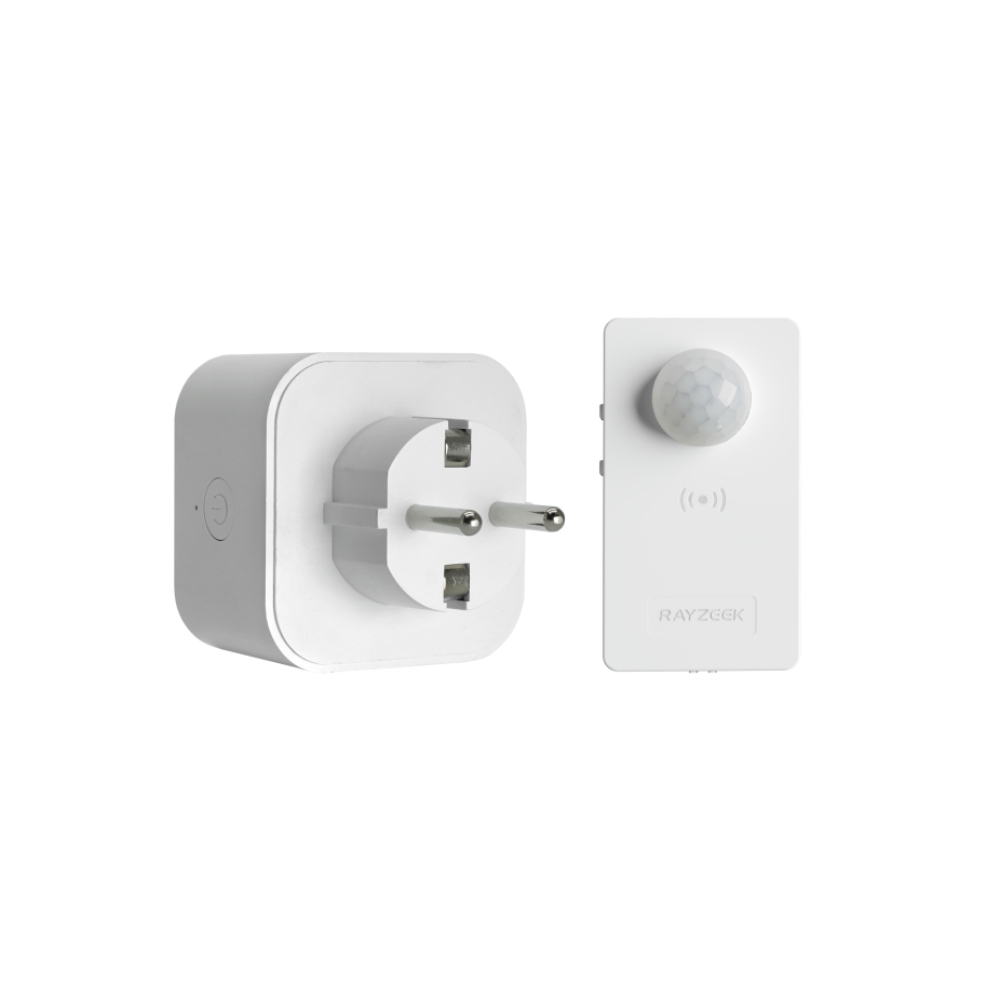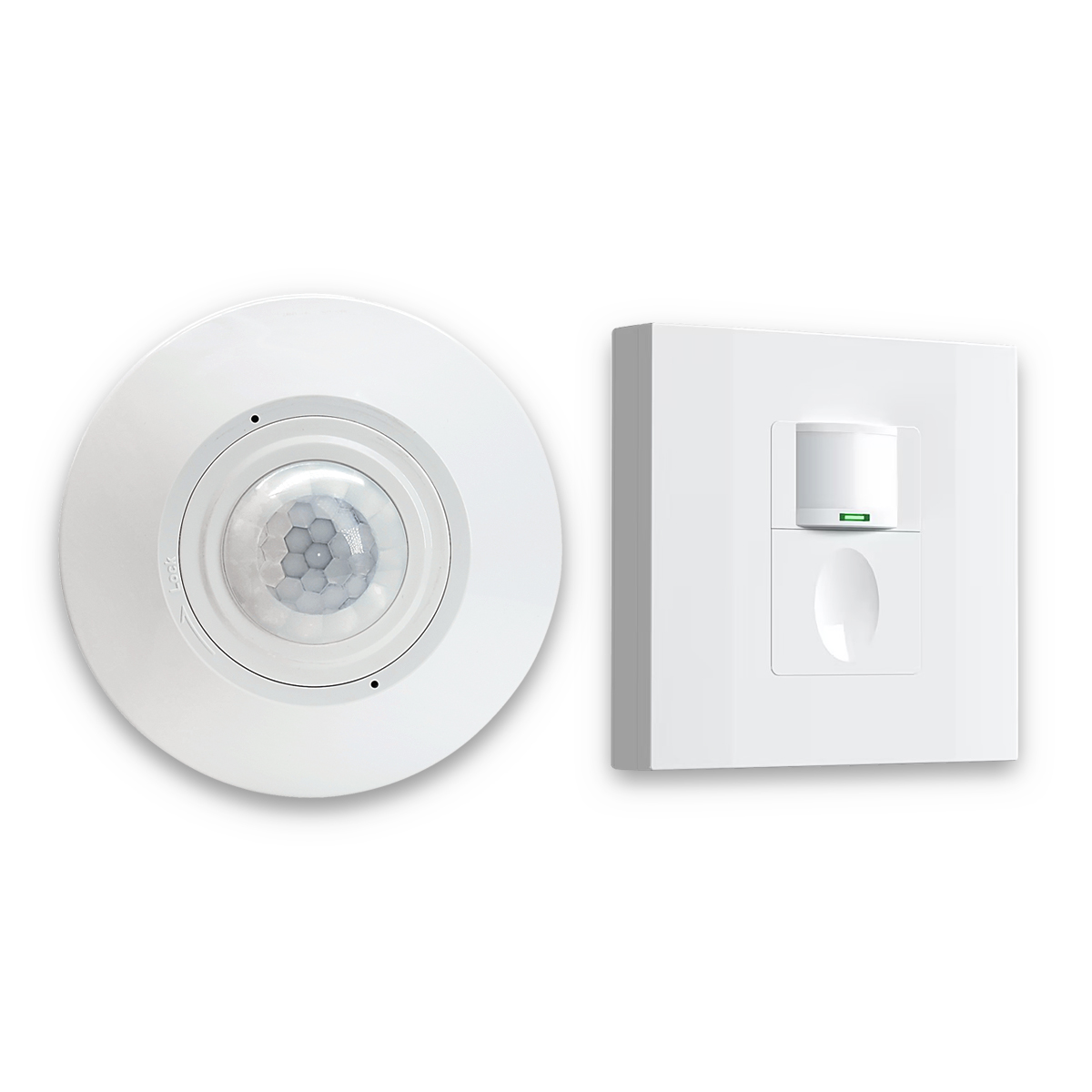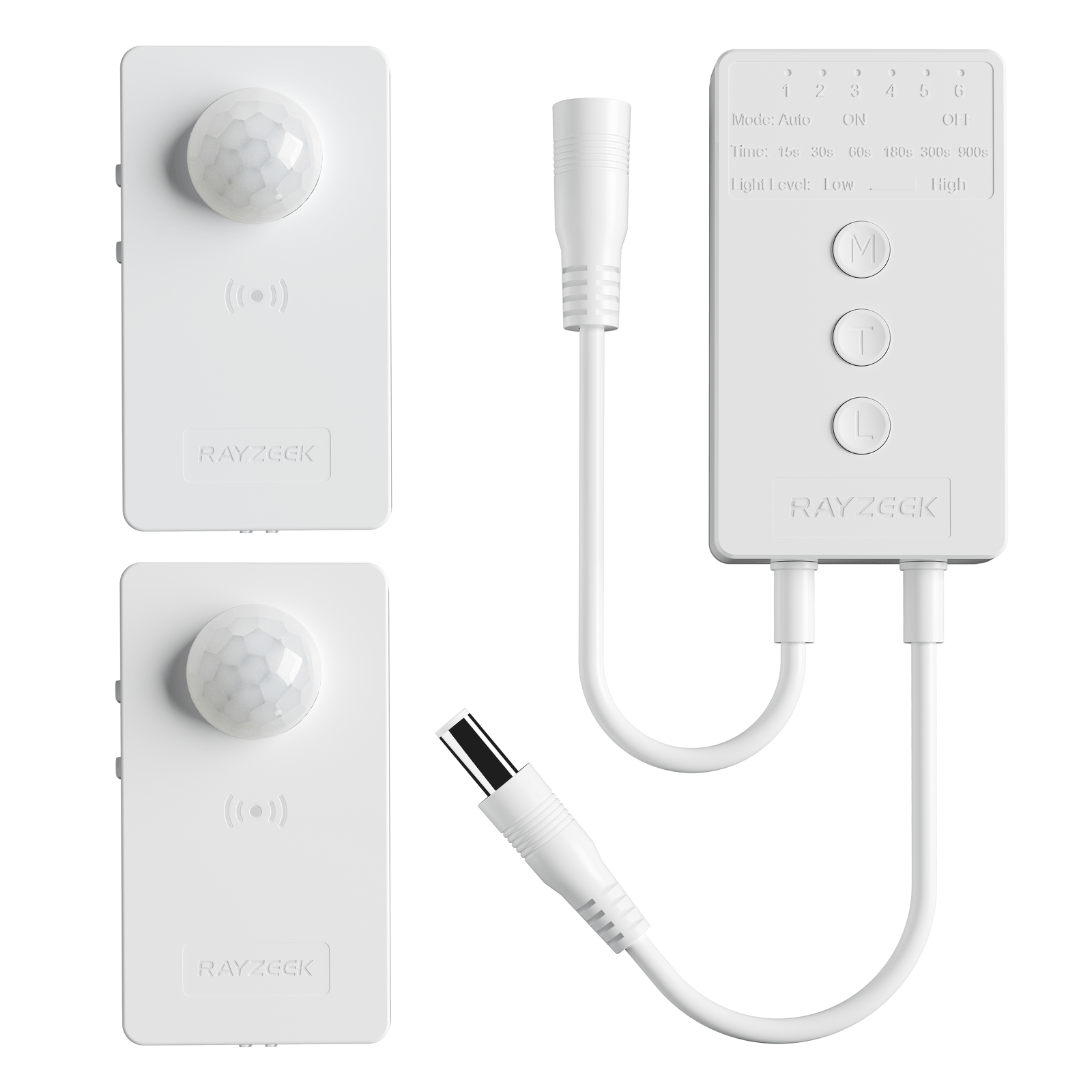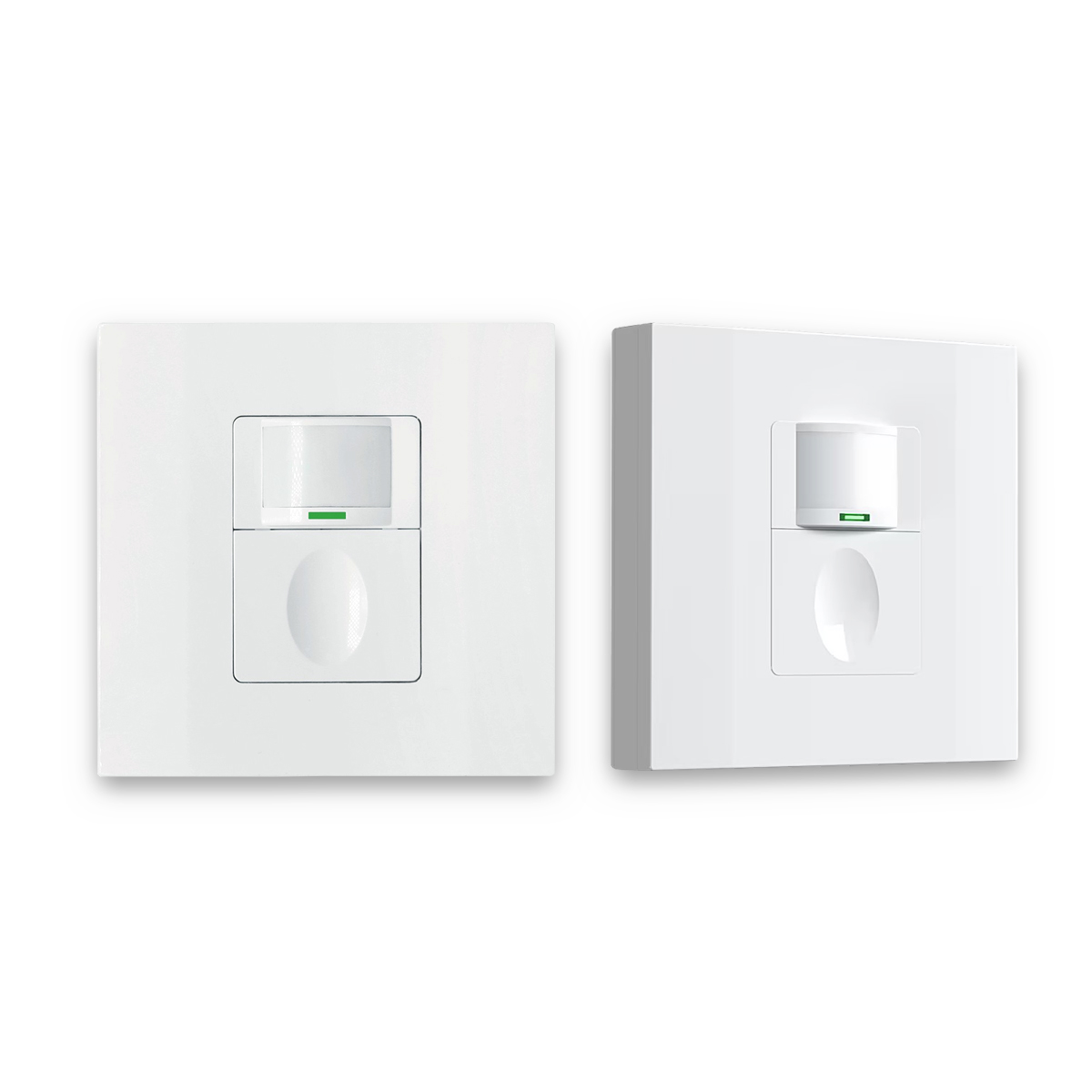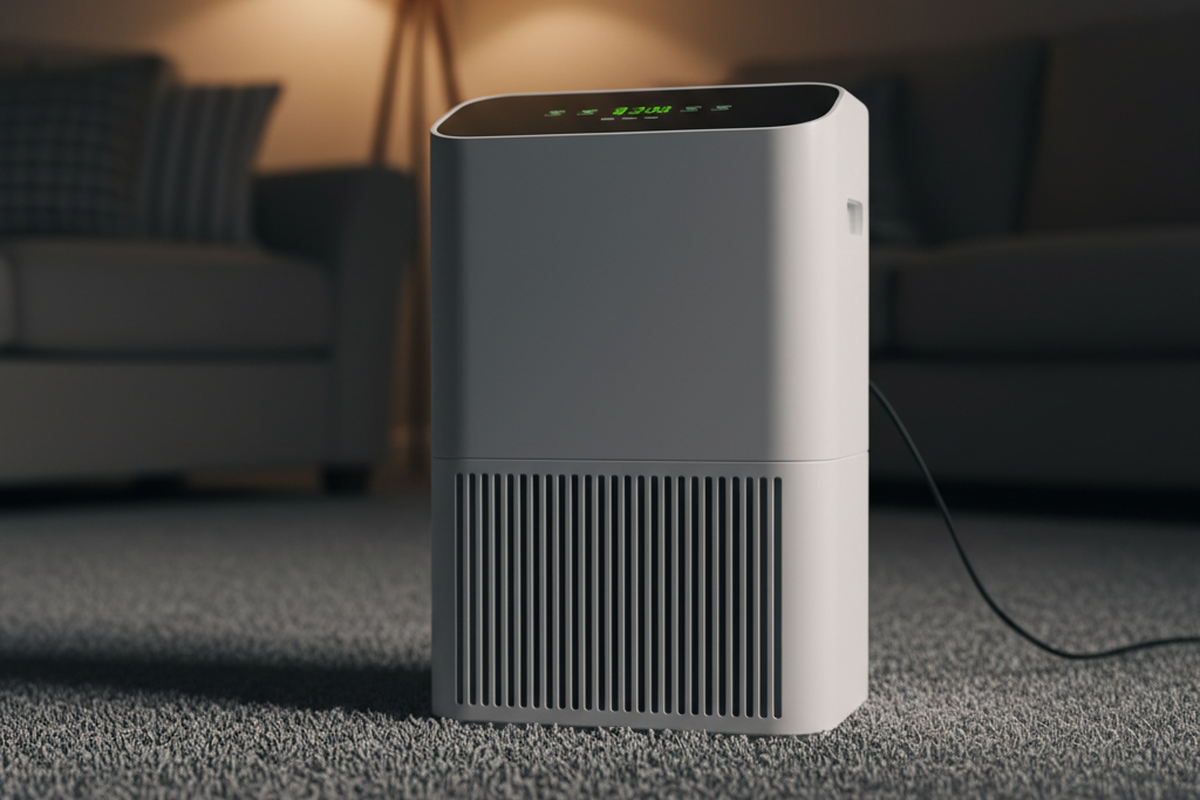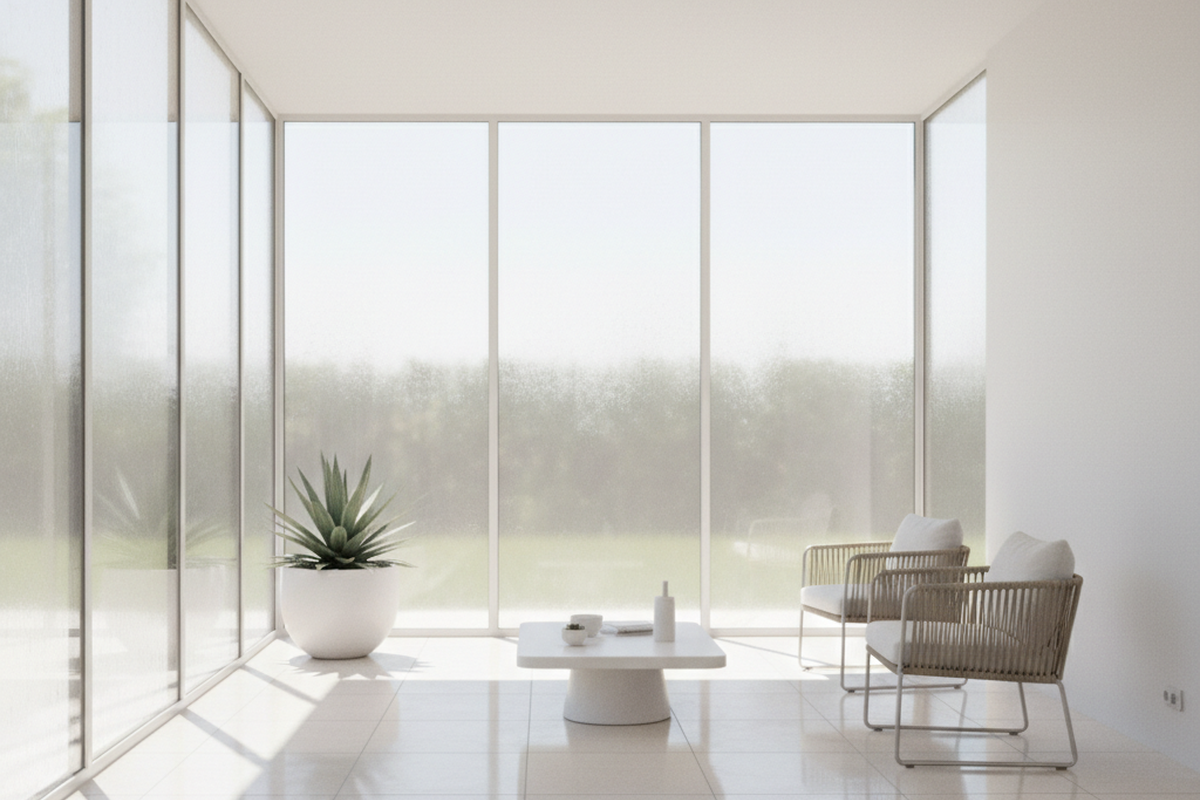What is Veiling Luminance
Veiling luminance, also known as disability glare, is the reduction in visibility caused by scattered light. It refers to the additional brightness or glare that is perceived by the eye due to stray light bouncing around within the eye itself. This stray light reduces the contrast and visibility of an object or scene, making it more difficult to see details.
Maybe You Are Interested In
Veiling luminance can be caused by various factors, including direct glare, reflected glare, and veiling reflection. Direct glare occurs when a bright light source is directly in the line of sight, causing discomfort and reducing visibility. Reflected glare refers to the glare that is reflected off surfaces, such as shiny floors or walls, and can also contribute to veiling luminance. Veiling reflection is another factor that can contribute to veiling luminance. It occurs when light is reflected off a surface and scattered in multiple directions, reducing contrast and visibility.
Understanding and minimizing veiling luminance is crucial in roadway lighting design. High levels of veiling luminance can lead to reduced visibility and increased discomfort glare, which can affect safety and visibility for drivers. Therefore, it is important to consider measures to minimize veiling luminance, such as proper shielding and positioning of light sources, to ensure optimal visibility and safety.
Get Inspired by Rayzeek Motion Sensor Portfolios.
Doesn't find what you want? Don't worry. There are always alternate ways to solve your problems. Maybe one of our portfolios can help.
